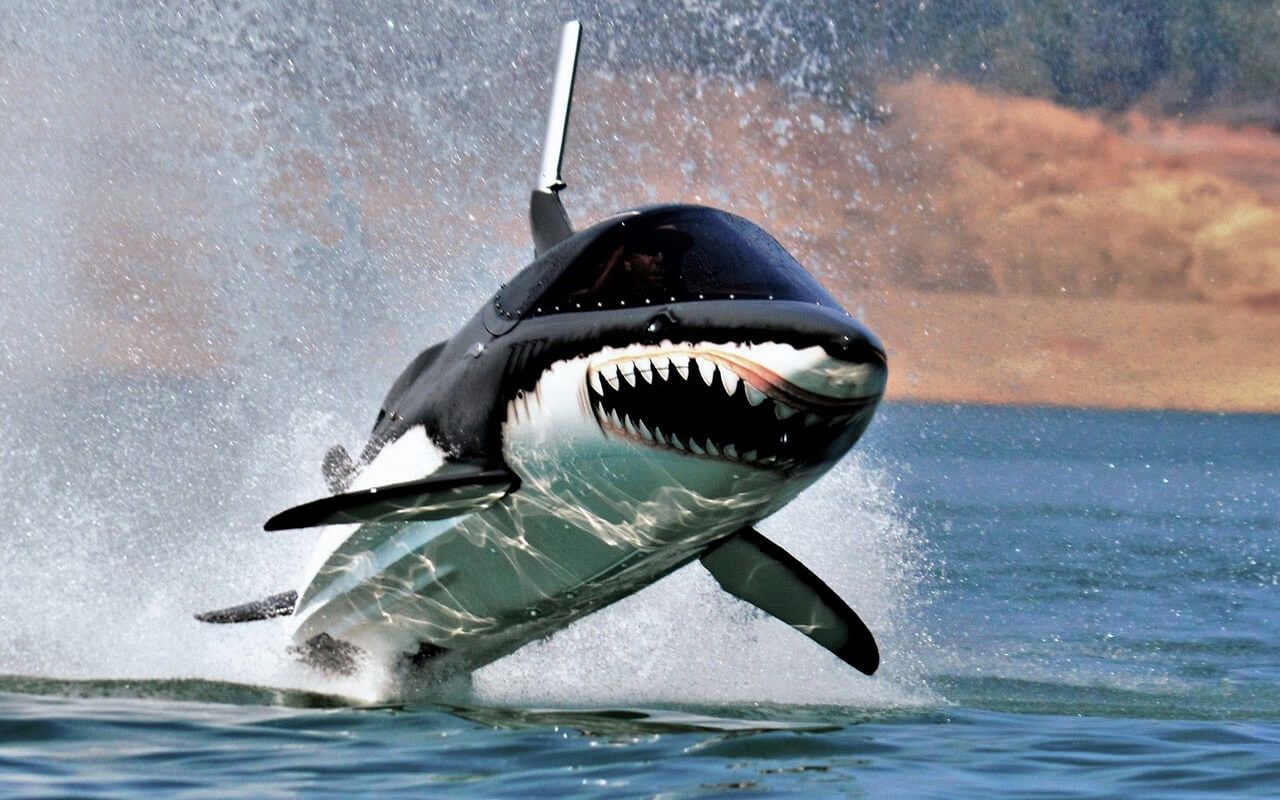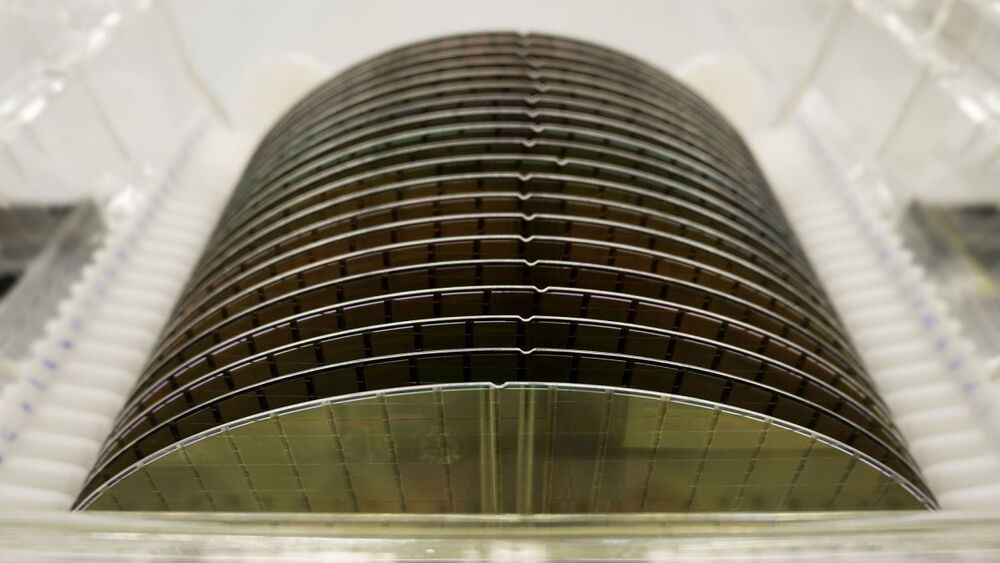
Category: futurism


The Seabreacher : A mix of a Jetski and a Killer Whale
This Is The Most Badass Watercraft!! 😵 🤯
Credits: Innespace Seabreacher, the ultimate diving machine.





Printing embedded tech in artificial skin just got easier
This article is an installment of The Future Explored, a weekly guide to world-changing technology. You can get stories like this one straight to your inbox every Thursday morning by subscribing here.
This month, Stanford researchers brought us one step closer to artificial skin with embedded electronics that can flex and bend with the body.

Jeep Thinks All-Electric Wrangler Could Double As Submarine By 2030
😀
Forget worrying about wading depth, Jeep thinks there’s a future where the Wrangler could be capable of driving completely submersed in water.


Great Salt Lake is shrinking fast. Scientists demand action before it becomes a toxic dustbin
The largest salt lake in the Western Hemisphere is shrinking rapidly. Left alone, the lake’s footprint would span 2100 square miles — more than three times the area of Houston. An analysis published last year showed that water siphoned off the rivers that feed the natural wonder had reduced its level by 11 feet, depleting the lake area by more than half.
The trouble trickles up the food chain. The Utah Geological Survey openly expressed its fear Thursday that the shrinking lake levels threaten to kill microbialites — underwater reef-like mounds that help feed brine flies, brine shrimp and, thus, the 338 species of birds that visit each year.
Great Salt Lake is also known as America’s Dead Sea — owing to a likeness to its much smaller Middle Eastern counterpart — but scientists worry the moniker could soon take new meaning.